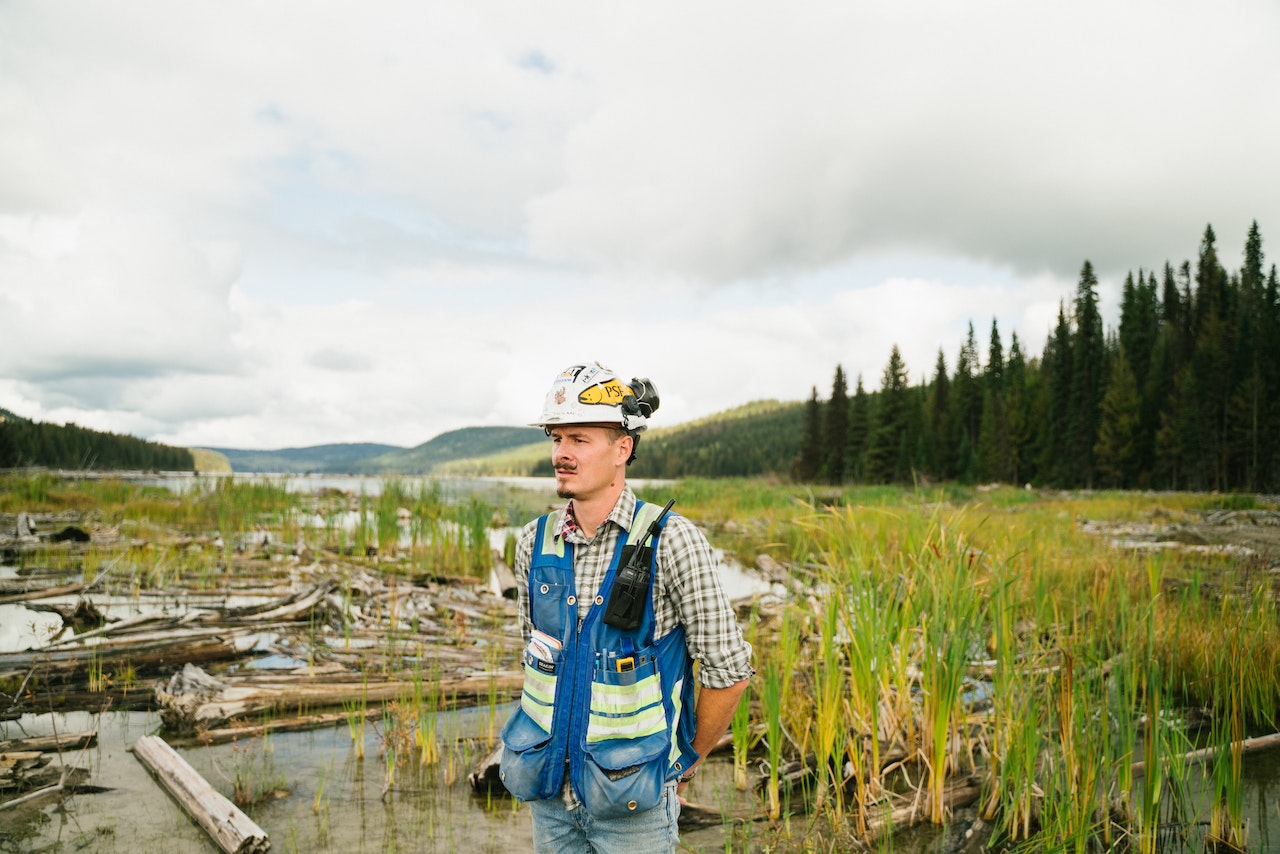Pipelines are crucial in transporting essential materials such as oil and natural gas to their intended destinations, yet when damaged they could lead to service disruptions or even explosions that require immediate attention. Proper drain pipe slope is essential to ensure liquids and waste are transported away efficiently, as well as helping prevent clogging.
Corrosion
Most homeowners will encounter some form of pipe corrosion at some point. Even copper pipes designed to resist corrosion can still succumb to it in certain environments, including high water velocity, dissolved oxygen concentrations and hot temperatures; sediment grit and sand may be contributing factors as well as type of fluid or gas being transported through a pipeline.
Corrosion can be dangerous to both water and gas pipes as it slowly wears away at metal. Corrosion may also lead to leakage which poses health hazards to humans and wildlife alike as well as cause expensive infrastructure damage. Protecting pipeline integrity against corrosion should always be prioritized due to its persistent nature that cannot be reversed easily.
Subpar piping, poor construction practices, harsh environmental conditions and biology are the main causes of corrosion in pipelines. Fungi and bacteria that reside in fluids accelerate this process and accelerate it further; though not directly responsible, these microorganisms may exacerbate it by changing how corrosion operates.
Galvanic corrosion can accelerate pipeline corrosion by creating galvanic cells between different metals in a corrosive environment. By choosing metals with similar corrosion potentials, this problem can be avoided.
Internal corrosion is one of the primary sources of pipeline failures, leading to numerous consequences including productivity loss at natural gas or liquid facilities and environmental contamination due to damage to protective mother layers that coat interior pipes. When this occurs, pipeline integrity becomes severely compromised, which often has serious repercussions for their owner and company alike.
Hot water, oxidation and acid-based drain cleaners can all contribute to copper pipe corrosion; using only natural products when cleaning drains is therefore paramount for safety.
Leaks
Pipelines operating for oil and gas companies cannot escape the threat of leaks, even when using preventative techniques such as x-rays, quality welds and cathodic protection; accidents still occur despite these precautions. Pipeline leaks have the potential to cost time, money and reputational damage in addition to environmental harm; it is better for companies to prevent these disasters than deal with cleanup after their release; therefore it is crucial that their causes be identified to develop strategies against them.
Natural gas leaks pose both physical and health hazards to their surroundings, while inhaling even small amounts can have severe adverse side effects including asphyxiation. Facing drainage issues? Explore innovative Pipeline Drainage Solutions quickly detect and fix leaks.
Leak detection methods range from acoustic detection, real-time transient modeling and flow and pressure parameters to identify leak locations. Acoustic methods rely on the fact that pressurized product escaping can produce a unique acoustic signature which can be identified easily – however these techniques often lack precision due to being unable to filter out background noise effectively.
Real-time transient models employ real-time transient measurements of pipeline operational parameters to detect anomalies. When leakage is suspected, any differences from known characteristics of the pipeline are flagged as changes. Fu et al. (2021) found that upstream pipeline pressure serves as the key indicator for leak detection while downstream flow rate dominates in small leak detection.
Leaks may be caused by corrosion, but other factors can exacerbate them as well. One such factor is misconnecting drains – sewer or household plumbing systems alike – which allows waste such as fats, oils and grease from these sources to accumulate and cause clogs that compromise an entire system. Another issue can arise with erosion occurring under pipelines buried underground.
Hazardous Materials
Pipelines transport energy and potentially hazardous materials over long distances in urban, rural, and agricultural settings. While pipelines offer cost-effective means for moving these substances across these terrains, their potential for damage increases if not properly maintained.
Damage-prone pipelines could leak, crack, break apart, split open, rupture and cause severe harm to both people living nearby as well as the environment itself. This puts both individuals as well as their surroundings at risk of serious personal harm as well as property loss or environmental destruction.
Drainage issues can have a major impact on pipeline safety. For instance, improperly sized or placed pipes may become clogged with debris which then overflows, potentially leading to property damage, contamination of groundwater supplies and flooding in surrounding areas. To avoid these complications and protect pipeline safety in general it’s a good idea to have regular pipe inspections conducted and deal with any problems as soon as they’re identified.
Visible pipelines can also help prevent excavation accidents that damage them and make it easier for stakeholders to locate them and stop encroachments on ROWs.
As other highway work such as pavement overlays or resurfacing is being conducted, field reviews of drainage features should also take place at this time. Doing this can reduce costs and disruption for both projects by including improvements at once. Another solution would be having your drainage system relined; this involves inserting polymer liners inside existing drainpipes to narrow them for water flow; depending on how severe damage there may be this can provide an affordable yet eco-friendly solution.
Environmental Impact

Home drain systems serve to carry away wastewater and solid waste from latrines, bathrooms, kitchen sinks, wash basins and other household fixtures to the municipal sewer line or septic system, while also acting as vents to release sewer gases away from the house.
Underground pipelines benefit from being protected from extreme changes in ambient temperature and UV rays, less susceptible to photodegradation and protected from nesting birds, rutting mammals and stray buckshot – making buried pipelines less vulnerable to vandalism or sabotage than surface ones. This makes buried pipelines less likely to experience damage during accidents while more resistant against vandalism or sabotage attempts.

